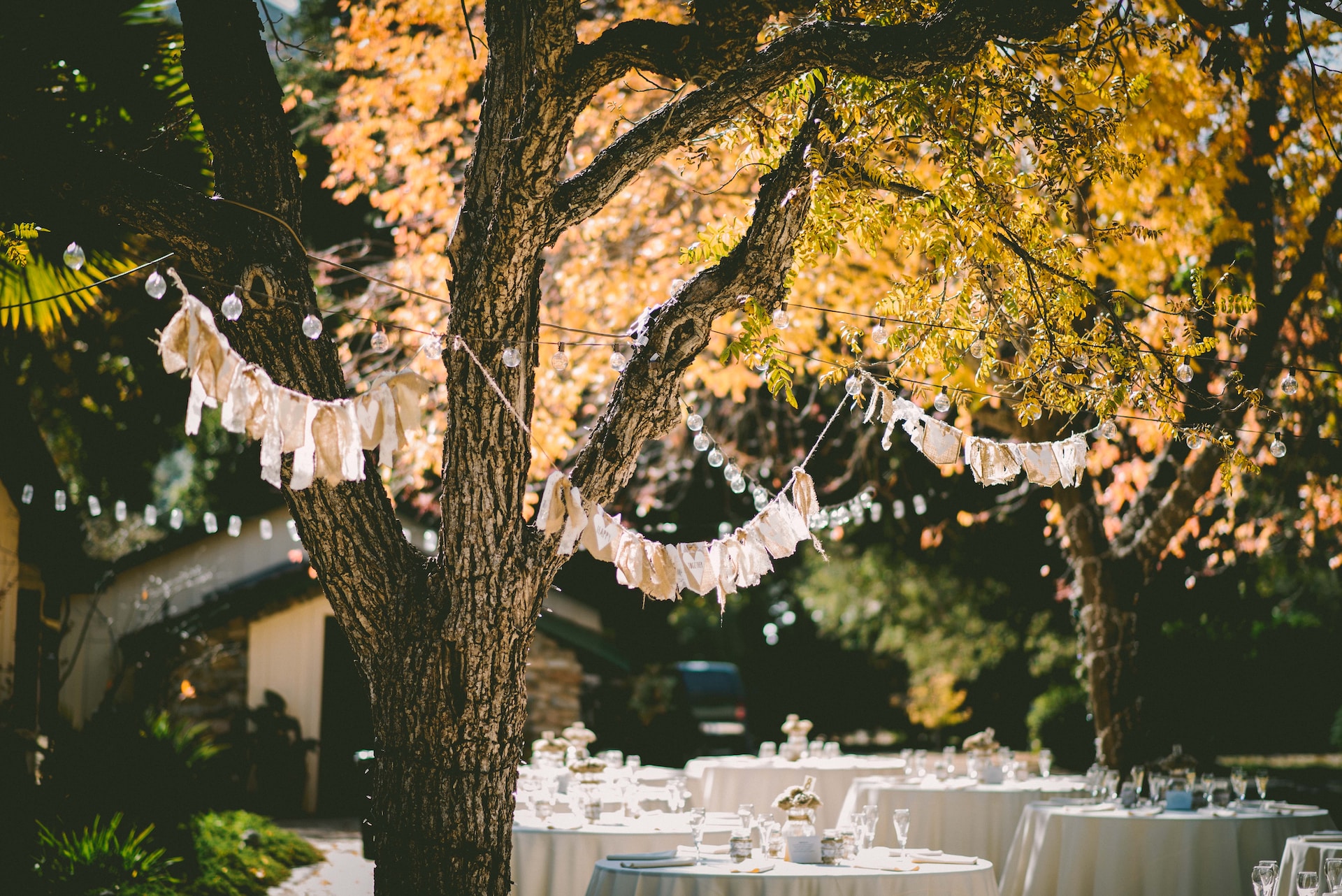At-home golf simulators have become a popular way for people to upgrade their golf game without needing to travel to expensive courses. It’s also a great way to hone your golfing skills to prepare for those more challenging courses. A golf simulator offers homeowners a golf experience in their own homes without taking up too much space or causing significant damage.
A golf simulator is not a child’s toy or video game — it’s a tool for golfers to develop their swing, improve accuracy, and try a wide range of courses, from beginner’s level to extremely advanced.
The home golf simulator overview
More sophisticated than a launch monitor, a golf simulator allows the golfer to work on their swing and stance, calculates the shot’s accuracy through data projections, and keeps track of improvements. It offers a real-life simulation of being on a golf course, from the holes to the hills to the varied terrains, lakes, and sandpits. It has a screen and monitors to track your progress.
Regardless of the time of day or the weather outside, you can set up a game of golf at home. A golf simulator offers a controlled environment where outside factors that would normally affect your golf game aren’t an issue anymore, so you play at your convenience as often as you like. It’s also a great way to teach your kids how to play or to practice with friends. Everyone takes turns at the tee, just like in a usual golf game. It’s a great solution for a rainy day when you’re looking for something fun to do with family or friends — or if you just want some alone time working on your game.
You use a real golf club and – in most cases – real golf balls, although some lower-end simulators require practice balls instead. You can play a full round of golf from the comfort of your living room, study, or garage. More advanced golf simulators come with some of the world’s most famous, beautiful, and challenging courses, so you can play them all without leaving your home. Plus, if you do get to travel to any of those courses one day, you’ll already be prepared to play.
A golf simulator keeps track of your game history, including each of your swings, so you can track your progress over time and troubleshoot areas where you need improvement. You can study your own swing, analyze the accuracy of your shot, and practice getting out of tricky areas like sandpits or behind obstacles. When you get out for a game with your friends, they may be a bit rusty while you’ll be all ready to go.
Why an at-home golf simulator is beneficial
Golf simulators are growing rapidly in popularity because owning one has so many great benefits. Here are just a few of them:
- Play anytime you want. No more worrying about the weather – it doesn’t matter if it’s too rainy or cold, you can practice with the golf simulator year-round.
- Golf simulators are portable, so you can set it up anywhere in your home, take it to a friend’s house or family gathering, or even to the office if you have enough space. Having a golf simulator is a good way to break the ice among new friends or colleagues, as it gives everyone something to focus on and can be competitive or friendly.
- Have fun with family and friends, especially when someone wants to learn how to play golf or mini-golf for the first time. They can work on their swing without the pressure of a real-life golf course. It’s also a great way to stimulate some friendly weekend competition among friends.
- Improve your game by playing as much as you want, whenever you want. Whether you want to have a practice game right before bed or play with a group of friends without a reservation, the golf simulator is always available.
- Relieve stress after a long day at work — or even better, during work if you set it up in your office. Make sure to clear it with your boss first!
- Get exercise on rainy days or when you’re too tired to hit the gym. Replace a jog or spin class – swinging is a great all-around workout.

Home golf simulator mechanics
There are different types of golf simulators, but they all have the same general function. You set it up in a spacious area of your home, like a living room, your office or study, or the garage. The wide swing mat you stand on resembles a golf course’s green.
Grab your putter, driver, or iron and take your stance in the designated area. Depending on the golf simulator you choose, you’ll either have a specific place to stand or take your choice of angle with a larger swing mat. When you take your swing, the simulator will analyze the data, including measuring your swing’s impact based on the ball’s speed, your launch angle, and the perceived length of your shot. Some more advanced simulators will measure the ball’s spin, save your data to track your progress, and offer specific feedback to help you improve your game.
Some of the technologies included in a golf simulator are a monitor to run the system and analyze the data, sensor mats to measure your stance and swing, and a screen to catch your ball. Some include a projector for a more life-like experience, and they all include radars, cameras, and optical sensors to measure every aspect of your game. These all work in conjunction with the computer software to create the simulation.
The data produced by the software will produce a visual image of your ball soaring through the golf course in real time, according to your force of impact. You’ll be able to see how far your ball will go if you were to take the same swing on the course on which the game was designed.
The main types of golf simulators: photometric, infrared, and radar
Golf simulators vary in their functions, so there are a few things to pay attention to when making your purchase. The three main types of golf simulators are photometric, infrared, and radar. Each of these different technologies uses a specific method to clock your golf data.
A photometric golf simulator is a camera-based simulation offering high-quality optics and is durable to use inside your house or outdoors. They use high-speed technology to generate the optics of the ball from the moment your club impacts the ball to the projected landing coordinates. The captured data is related to the arc and length of your shot, the speed and angle of the ball, and the way it spins.
In contrast, infrared golf simulators use light signal technology to monitor your swing but usually not the ball. They send light signals to pinpoint and track the positioning of your body stance, swing, and impact points of your club to the ball. More advanced infrared systems use light laser technology to track the ball.
Radar golf simulators use a signal similar to a microwave in that it transmits radar technology that then bounces back to the ball once impact is made. This allows your shot’s arc, spin, and depth to be communicated back to the monitor system.
The set-up: how to get started with your at-home golf simulator
Some at-home golf simulators come packaged, which can be more convenient but also more expensive. You can put together your own golf simulator by gathering the relevant materials.
First, measure the room where you want to have your simulator set up. Check the ceiling height, the room width, and the room depth so that when you select your materials, you’ll know they’ll fit properly in the room.
- The simulation device and software – Choose your sensor system based on photometric, infrared, or radar technology. Base your selection on factors such as how much space you have for your golf simulator, your goals for developing your golf game, and how much money you’re willing to spend. If you have big goals of improving your golf game, you may want to invest in a simulator with more advanced options such as feedback, progress tracking, and higher accuracy performance.
- A computer to run the simulation software – Usually, a basic computer will do once you install the applicable app, but others may require hardware. Make sure your home computer fits the requirements needed to run the simulator before you buy it. It may be worth investing in a gaming laptop to ensure high-quality performance.
- A swing mat – Make sure you get a durable mat that withstands use over a long period. It’s better to spend more on a quality swing mat upfront than have to replace it within a year or two. Sometimes you can get swing mats with removable inserts, so the mat itself lasts longer and all you have to do is replace the insert.
- A projector or launch monitor – These are available in a range of styles, and not all of them are appropriate for golf simulation. Look for one that’s appropriate to the size and lighting in the room, as you’ll need a certain contrast to be able to see the optics properly. The simulator software you purchase requires a specific minimum resolution, so read the instructions carefully before getting your projector. Some golf simulators don’t require a projector, so you may be able to skip this step and use a computer screen as a launch monitor instead.
- Impact screen and nets for blocking your shot – The impact screen is what you aim at when you take your swings. It can take the hit from whatever drives you send its way. Safety nets are used to ensure your furniture, light fixtures, ceilings, and windows are protected.
- Online golf lessons – on Skillest so you can get a private golf lesson at home.
It may sound overwhelming to put together your at-home golf simulator, but once you have an idea of what you’re looking for, it may be easier than it sounds. If DIY isn’t for you, hire a handyman to design and set up your golf simulation for you.

Cost breakdown of a home golf simulator
The cost of a home golf simulator varies depending on the quality of your items, the accessories you want to add, and the size of the room you have to set it up. On the low end, the cost is around $1000, but it can be as high as $50,000 for a premium, high-tech golf simulator. More affordable simulators provide basic features and a handful of golf ranges, mini-golf courses, or full-sized golf courses, while more sophisticated technologies retain data, report on accuracy, and offer multiple courses to choose from.
If you buy an at-home golf simulator kit, you can get all your golf gear together without worrying about what software fits with the other pieces. To hand-select your golf simulator, factor in the following costs:
- It usually costs between $200 and $500 for a standard swing mat, but specialized swing mats can cost as high as $800.
- Projectors or launch monitors cost as little as $100 or much more for higher quality and durability.
- An impact screen costs at least $250 to over $1000, depending on what attributes you’re looking for.
- Safety nets are very inexpensive. You can pick them up for $25 to $50, depending on the space that needs to be protected.
Accessories for amplifying your home golf simulator experience
The golf simulator is like having your own personal stats analysis, as though you were a professional golfer. Your achievements will be on the big screen, so you can track your individual improvements or keep a close score in a competitive game among siblings or friends. Golf simulators also come with putting options like mini-golf courses, so even the little ones can play. Be sure to supervise them, as it can be dangerous when they get too close to someone’s big swing.
Once you’ve established your at-home golf simulator, consider adding some accessories to your set to enhance your game even more. Here are some of the accessories you can add to your home golf simulator setup:
- A putting green for extra practice on your putting or for playing mini-golf with your kids.
- A multi-terrain mat to give you extra practice on things like getting out of a sandpit, putting on rocky terrain, or maneuvering your ball on uneven ground.
- A projector mount so you can have the precise angle that works best for your game without worrying about setting it up each time.
- A golf club rack to keep your clubs nicely lined up and ready to go. This helps you strategize your game while considering all your club options for each hole.
- A ball dispenser so you don’t have to load your ball up each time. This saves a lot of time and allows you to focus your attention fully on the game.
Having an at-home golf simulator has many benefits, as most luxury toy-type items do. It’s a great addition to your collection of golf gear if you take the sport seriously. It’s also an excellent opportunity for family bonding, team building among colleagues, and facilitating healthy competition among friends on the weekends. You can take it with you wherever you go. Whether you’re away on holiday, at the office, or at home relaxing, your golf simulator is a fantastic addition. There are many factors to consider when creating your own golf simulator setup, so carefully weigh your options. Once it’s all set up, have fun and enjoy playing and developing your golf skills.




